Luggage compartments on planes are essential to air travel, providing storage space for passengers’ belongings during a flight. But have you ever wondered if these compartments are pressure? Most luggage compartments on planes are pressure.
This means the air pressure inside the compartment is similar to the cabin pressure. Ensuring your belongings protect and safe during the flight. Pressurizing the luggage compartments helps to prevent any damage to fragile items and ensures that your luggage arrives intact at your destination. We will dive deep into Are luggage compartments on planes pressurized and their impact on luggage compartments.
We’ll explore the basics of plane pressurization, understand the function and location of luggage compartments, and learn about the science behind pressurization in these compartments. Additionally, we’ll discuss why pressurization is vital for luggage safety, and how temperature regulation works. And whether any risks are associated with unpressurized or unheated compartments.
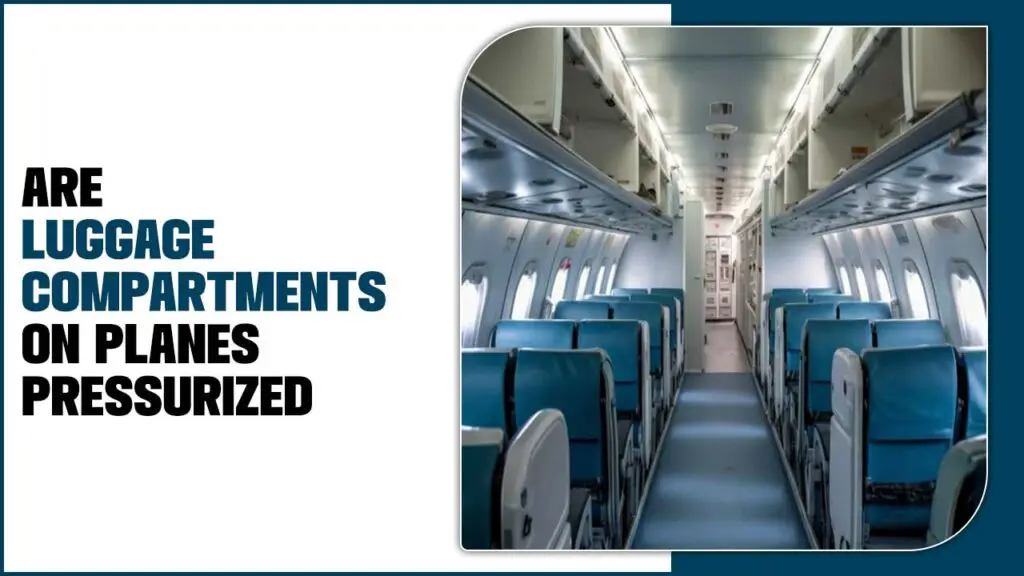
Are Luggage Compartments On Planes Pressurized? Explained
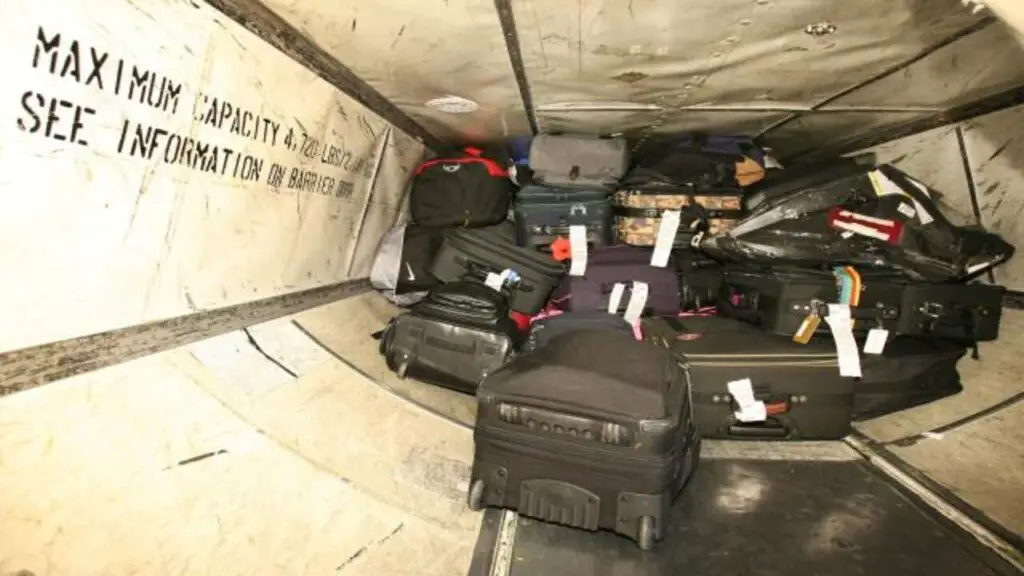
Yes, luggage compartments on planes are pressure. The pressurization system in an aircraft ensures that the cabin and cargo areas remain at a safe and comfortable pressure level, similar to what you would experience on the ground.
This means that the air pressure in the luggage compartments regulates to prevent damage to the contents of the luggage and to maintain the safety of the aircraft. However, it is important to note that while the compartments are under pressure. They may not heat, so it is still advisable to pack any temperature-sensitive items in your carry-on luggage. Here are more details Are Luggage Compartments On Planes Pressurized.
The Basics Of Plane Pressurization
When it comes to plane pressurization, it’s important to understand the basics. The main cabin of an aircraft is under pressure to ensure that passengers and crew can breathe comfortably at high altitudes. However, not all plane areas are pressure, including luggage compartments.
This means any items stored in the overhead bins or cargo holds are not subject to the same pressurization as the main cabin. While this may not be a concern for most items. You should consider any fragile or sensitive belongings that changes in air pressure may affect. It’s always a good idea to securely pack and protect valuable or delicate items when air travel.
Understanding The Function And Location Of Luggage Compartments In Planes

Luggage compartments on planes, also known as cargo holds, are typically located in the lower part of the aircraft. These compartments play a vital role in storing passengers’ luggage and other cargo during the flight. To ensure the safety of the contents, these compartments are under pressure. This pressurization helps protect fragile items, maintain a suitable environment for live animals and perishable goods, and prevent damage caused by changes in air pressure.
The aircraft’s pressurization system regulates the pressurization of the luggage compartments. This ensures that the air pressure level inside the compartments is similar to that of the passenger cabin. By maintaining this similar pressure level, the compartments can withstand altitude changes during the flight without compromising the safety of the luggage.
It is important for passengers to follow airline regulations regarding the size and weight of their luggage. This ensures their luggage can save and store in the pressurized compartments, allowing for a smooth and secure journey. By adhering to these regulations, passengers can help facilitate the loading process and ensure the flight crew can effectively manage luggage distribution throughout the plane.
The Science Behind Pressurization In Luggage Compartments
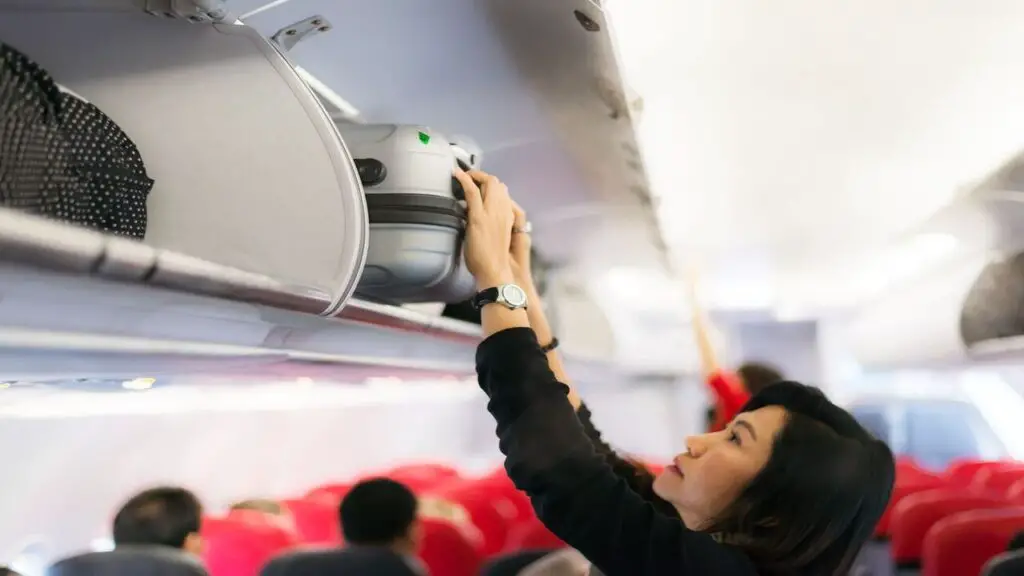
Luggage compartments on planes type pressurized to the same level as the passenger cabin. This pressurization is crucial for maintaining a safe and comfortable environment for passengers and their belongings. The pressurization system maintains a safe air pressure level for the items in the luggage compartment.
Adequate pressurization also helps prevent damage to fragile or sensitive items during the flight. It’s important to properly pack and secure your belongings to ensure they remain safe and undamaged during transportation. By understanding the science behind pressurization in luggage compartments, passengers can appreciate the measures taken to protect their belongings during the flight.
Pressurization ensures that cargo areas, including baggage compartments. Are climate-controlled and maintain appropriate air pressure, even at high altitudes. So whether it’s a fine suitcase or a live animal being transferred. The pressurization system helps create a conducive environment throughout the journey.
Why Is Pressurization Vital For Luggage Safety?
Pressurization is crucial for ensuring the safety of luggage during flights. It helps protect fragile items by maintaining the integrity of containers and preventing damage caused by changes in air pressure. Additionally, pressurized compartments ensure that luggage remains shielded from extreme temperature fluctuations. Moreover, pressurization helps mitigate the risk of explosive or hazardous materials in checked baggage.
How Does Temperature Regulation Work In Luggage Compartments?
Planes do not pressurize luggage compartments in the same way that they do to the cabin. However, someone typically designs them to be temperature-regulated to some extent. The temperature in the cargo hold can vary depending on factors such as the outside air temperature and the flight duration.
Some airlines use heating systems or insulation to help regulate temperatures and protect sensitive items that may store in the cargo hold. It’s important to note that while efforts make to maintain a specific temperature range, extreme temperatures can still occur in the cargo hold, so it’s always a good idea to take precautions when packing items sensitive to temperature changes.
Is There A Risk With Unpressurized Or Unheated Compartments?
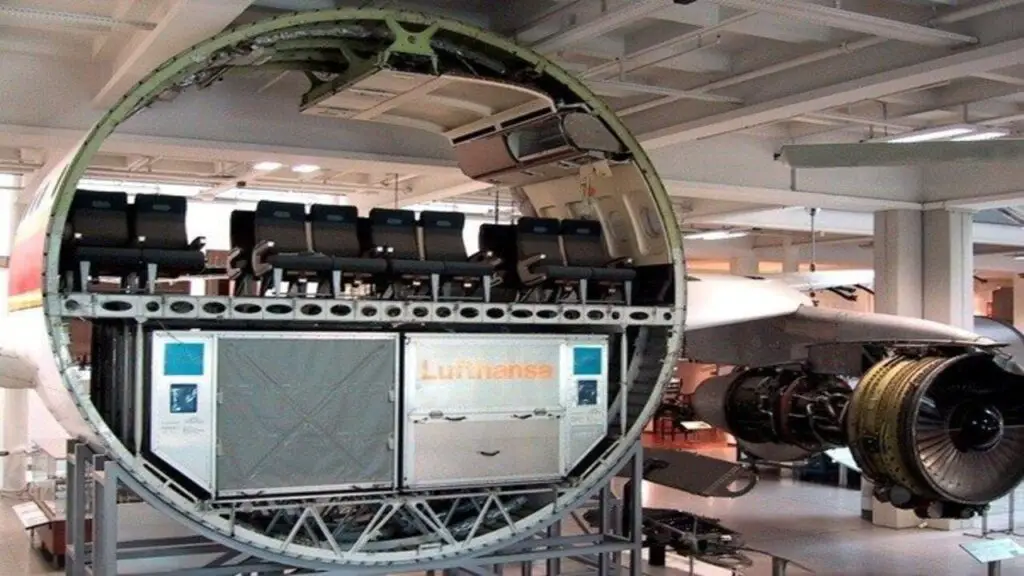
Regarding luggage compartments on planes, it is important to understand the implications of pressurization. Most commercial aircraft have pressurized and temperature-controlled cargo holds, which helps to ensure the safety and well-being of passengers’ belongings. However, some smaller aircraft or cargo planes may not have pressurized or heated compartments.
In these cases, there can be a risk of damage or exposure to extreme temperatures for certain items. Always check with the airline or cargo operator about their policies and procedures for handling luggage in pressured or unheated compartments. By being aware of these risks, passengers can take necessary precautions such as packing fragile items in carry-on bags or using protective packaging for sensitive belongings.
Are Pets And Other Living Organisms Safe In Pressurized Compartments?
Regarding the safety of pets and other living organisms in the luggage compartments of planes, there are several factors to consider. While luggage compartments on commercial flights are under pressure. It is important to note that they allow regulation at the same level as the passenger cabin.
This means that while the pressure may be higher than the ambient air pressure at cruising altitude, it may not be equivalent to the pressurized conditions inside the cabin. Additionally, temperature and airflow can vary in these compartments, potentially affecting the well-being of animals and living organisms. Pet owners and individuals transporting living organisms must consult with airlines and follow their guidelines to ensure their safety during air travel.
Temperature Management In Airplane Luggage Compartments
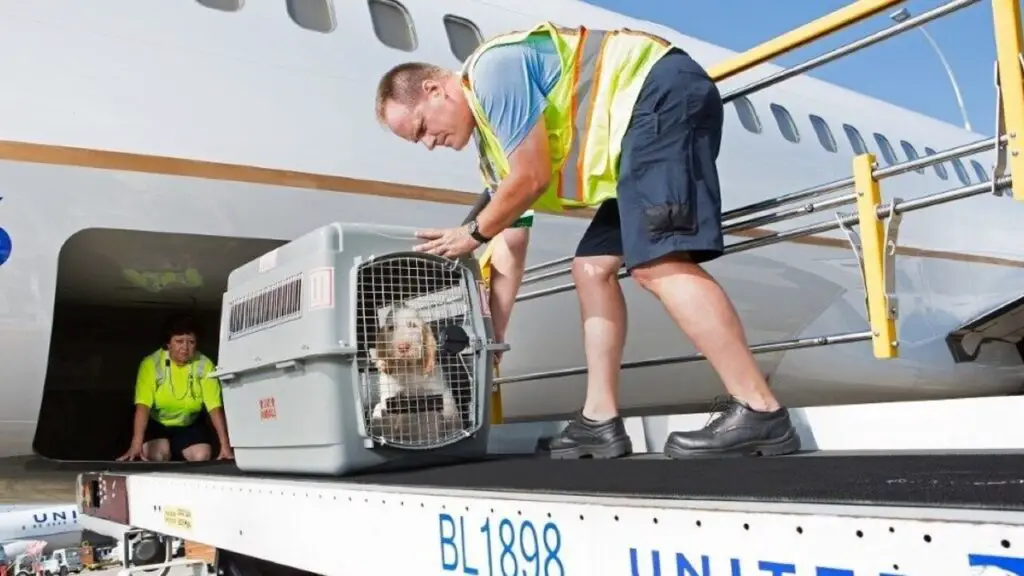
Luggage compartments on planes are type, not pressurized. Meaning the temperature inside can vary significantly during a flight. However, some airlines have implemented temperature control systems in their luggage compartments to mitigate extreme temperature fluctuations.
This is especially important for delicate or temperature-sensitive items packed in checked luggage. Passengers should exercise caution when packing such items and consider carrying them in their carry-on baggage instead. It is always advisable to check with the airline regarding their specific policies and procedures for handling temperature-sensitive items.
Potential Risks Of Unpressurized Or Unheated Compartments
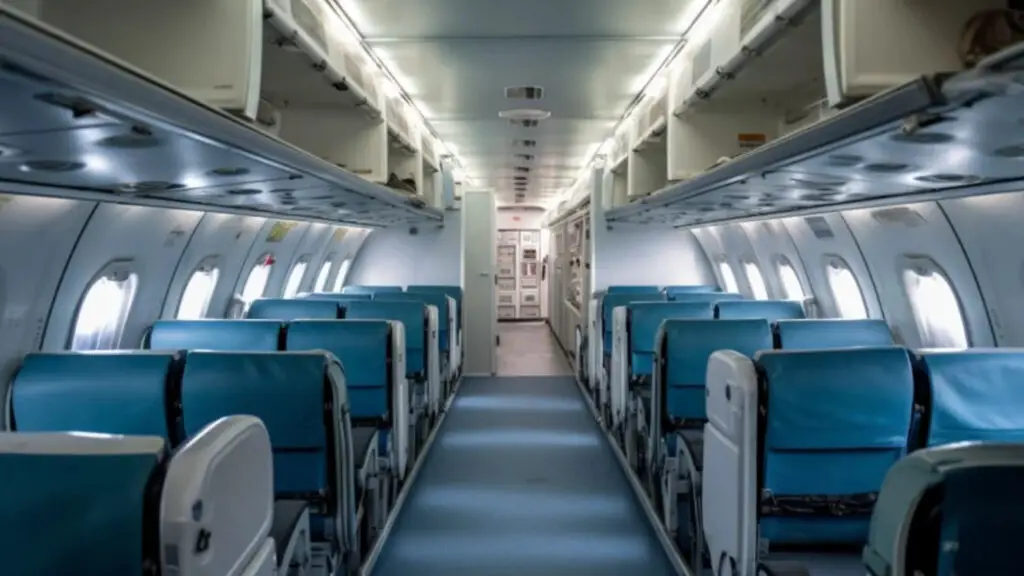
Unpressurized compartments in planes can present potential risks for luggage and its contents. Extreme temperature fluctuations can occur, which can be damaging to sensitive items such as electronics or medications. Additionally, inadequate pressurization can cause containers to leak or rupture, leading to potential spills or contamination of other luggage.
Another risk is that unheated compartments can subject luggage to freezing temperatures, causing items to freeze, break, or become unusable. Certain items, like perishable food or live animals, may require specific temperature or pressure conditions for safe transport, which unpressurized compartments may not provide. Passengers should be aware of these risks and consider taking valuable or delicate items as a carry-on instead of placing them in unpressurized compartments.
Conclusion
It is crucial to understand that luggage compartments on planes are indeed pressurized. This is necessary to ensure the safety and integrity of passengers’ belongings and any living organisms that may be transported in these compartments. Pressurization helps maintain a controlled and stable environment, protecting items from extreme temperature changes, pressure differentials, and potential damage.
Airlines prioritize passengers’ and belongings’ safety and well-being, so pressurization is standard practice. Additionally, checking with your airline regarding their specific policies and guidelines for storing items in the luggage compartment is always a good idea. By being aware of these factors, you can better protect your belongings by air travel. we hope you now understand are luggage compartments on planes pressurized.
Frequently Asked Questions
1.Does A Pressurized Plane Have Luggage Storage?
Ans: Yes, the luggage storage compartments on planes are under pressurized. This pressurization is crucial as it helps maintain a safe and stable environment for passengers and their belongings. It also helps prevent damage to items stored in the compartments.
2.Does The Cargo Compartment Of The 737 Have Pressurization?
Ans: Yes, the cargo compartment of a Boeing 737 is pressure. The pressurization system ensures that the cargo compartment maintains the same pressure as the passenger cabin, protecting items from changes in air pressure during flight. Properly securing and packing luggage is important to prevent damage during transportation.
3.Is There Oxygen In The Luggage Compartment?
Ans: While plane luggage compartments generally pressurize, no direct oxygen supply exists. However, the air in the compartment type recirculated from the cabin, containing sufficient oxygen. It’s important to note that certain hazardous materials may not allow in the compartment due to safety regulations.
4.What Is The Pressure In An Aeroplane Cargo Hold?
Ans: The pressure in an airplane cargo hold type is maintained at a level similar to the cabin pressure. It can vary depending on the aircraft and altitude, but the goal is to protect sensitive or fragile items by pressuring the cargo hold. Airlines take precautions to prevent damage to cargo during flight.
5.What Are The Benefits Of Having Pressurized Luggage Compartments On Aeroplanes?
Ans: Pressurized luggage compartments on aeroplanes offer several benefits. They protect the contents from damage, prevent moisture buildup, and safeguard sensitive or fragile items from changes in air pressure. Pressurized compartments ensure a safer and more secure travel experience for passengers and their belongings.
